To go fishing in your own summer cottage is the dream of many nature lovers. An artificial pond has both practical and decorative value. There is always the opportunity to enjoy freshly prepared freshly caught fish and in the silence of nature to admire the inhabitants of the pond.
Content
Species of fish suitable for breeding in artificial ponds
In the question of which fish is better to breed in artificial reservoirs, several factors should be guided:
- climatic conditions of the territory;
- main characteristics of the breed of fish;
- breeding nuances for each individual fish species.
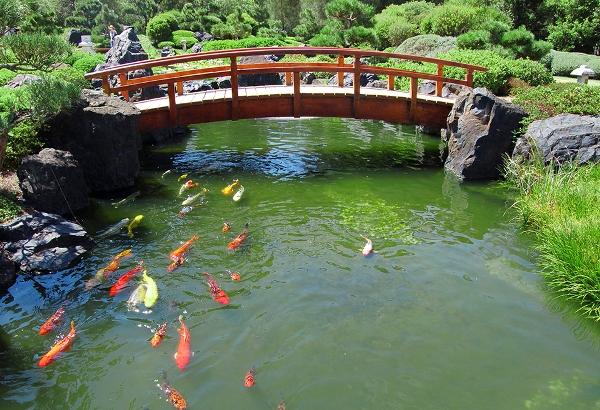
The main characteristics of the most popular fish species intended for breeding in artificial ponds are described below and their photos are presented.
Carp
This breed of fish is one of the most unpretentious. Carp will easily tolerate a change in feed, as well as changes in the chemical composition of water. This species of fish is very thermophilic. Its optimal habitat temperature at which the carp will develop well and multiply fruitfully is 18-30 C.
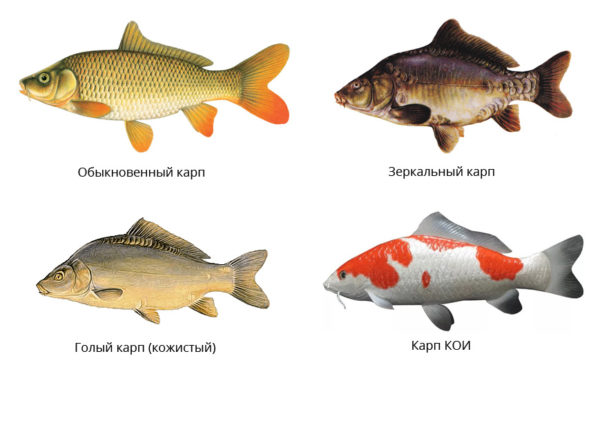
The onset of puberty of carp depends on the level of heat. In the warm climate characteristic of the southern region, this species of fish will become sexually mature much faster - by 2-3 years. But in a temperate and cool region it will be necessary to wait: puberty in carp will come only in 4-5 years.
Female carp spawn mainly near the coast, and the favorable water temperature for this is 17-20 C.
Carp feeds:
- bloodworm;
- clams;
- plant foods;
- shallow plankton.
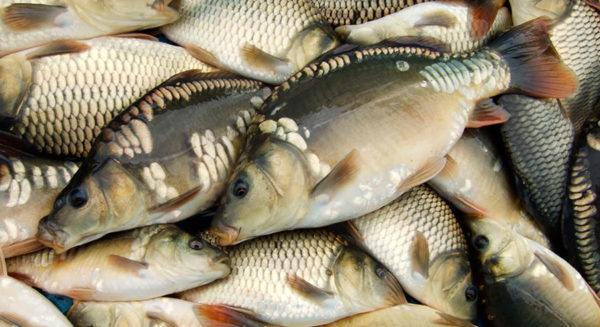
The carp growth time is relatively short. In three years he gains weight up to 1 kg, but under good conditions growing can reach 2 kg. An ideal place to grow this type of fish: a shallow warm pond. One of the species that is chosen forfish farming for business is carp.

Breeding quails has become popular lately, because their meat and eggs are recognized as dietary healthy products ....
Crucian
A fairly unpretentious species of fish living even in water with an unfavorable chemical composition. Crucian will normally tolerate reduced oxygen content or increased acidity of water. It grows to 3 kg. Spawns with an interval of 2 weeks. This species of fish feeds on animal and plant foods.
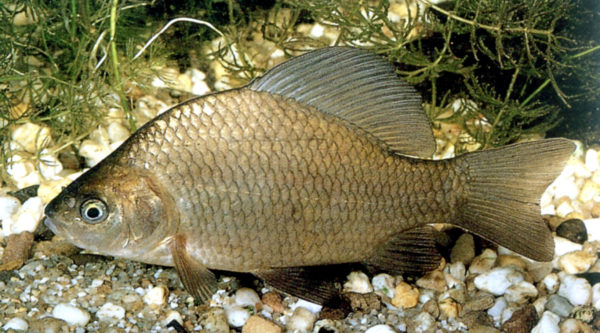
White amur
This type of fish is very large and reaches 50 kg. White Amur grows in length to 1 m. Water temperature is the main factor on which this type of fish will grow and develop. A temperature below 10 C is the limit when Cupid ceases to grow and develop. Cupid eats plant foods. Puberty in this species of fish occurs at 7-8 years in males and at 8-9 years in females.
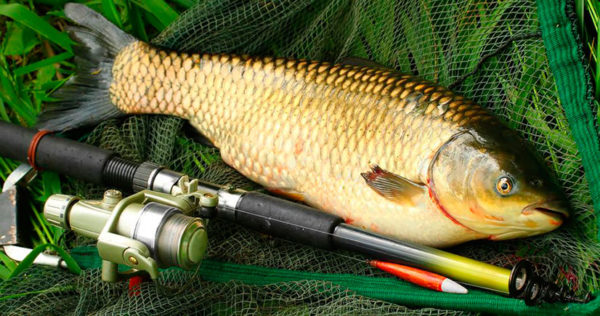
Silver carp
This large fish can weigh up to 50 kg. The white silver carp feeds exclusively on plant foods and does not perceive artificial feed. But the motley silver carp is an exception and eats artificial food. Puberty in the white species of this fish occurs in 3-7 years, and in the variegated in 4-8 years.
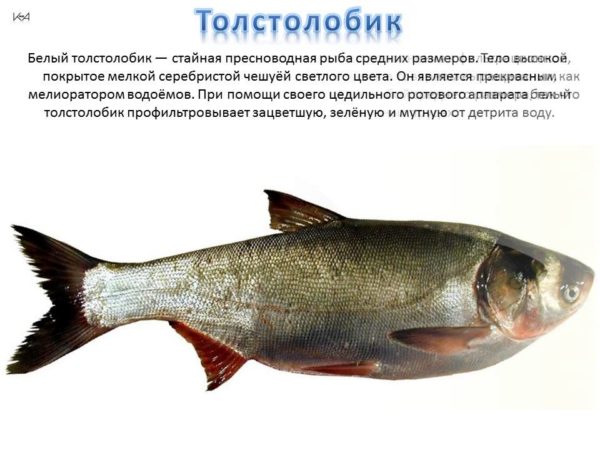
Sturgeon
There are different types of this breed of fish. Some of them adapt to different growing conditions. The optimum water temperature is 15-25 C. Some individuals sturgeon can reach 80 kg. They eat animal food.
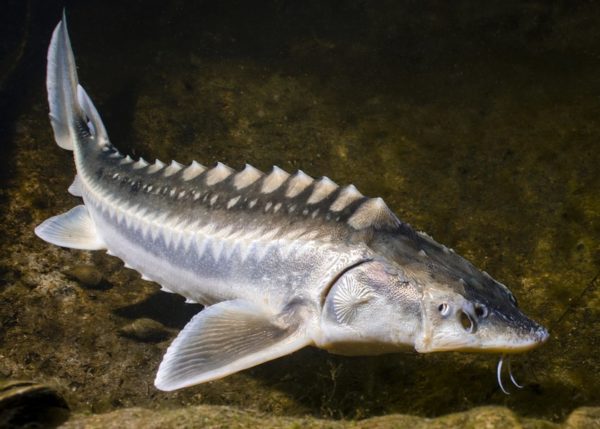
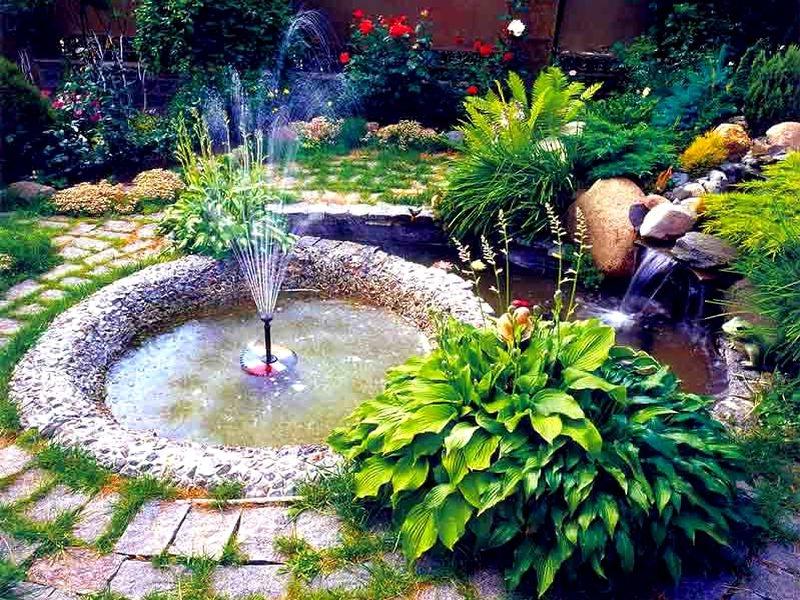
How to make a fountain in the country with your own hands
The decorative fountain will help to ennoble the summer cottage, create a cozy oasis and a beautiful recreation area. The sound of water ...
Trout
This kind of fish is better grow in water with a relatively low temperature (16-18 C). This fish eats animal food. Puberty occurs in 2-3 years.
Even in artificial reservoirs, you can breed these types of fish:
- Buffalo;
- Catfish;
- Acne;
- Tilapia
- Pike;
- Peled;
- Cheer;
- Tench.
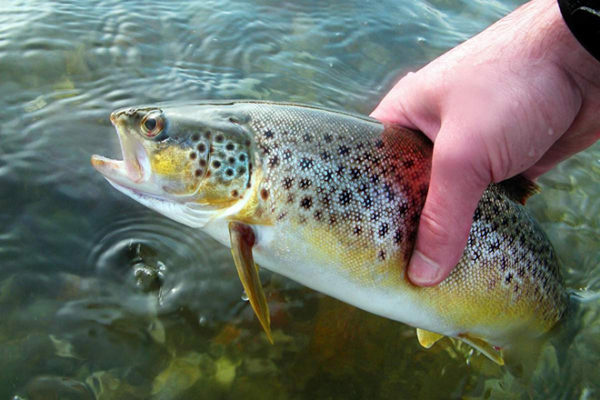
Pond requirements
In order to get a rich catch pond must meet certain requirements.
- The depth of the reservoir should be from 1.2 to 1.5 m.
- The volume of the reservoir should be based on: for one fish 10 -15 cm at least 50 liters of water. This is an indicator for breeding small fish. If a large species is grown, the volume should be larger.
- The bottom and walls of the pond should be well aligned and tamped. Additionally, the bottom is covered with cement.
- The bottom of the pond is covered with a special film and old car cameras. Also additionally stacked old pots and pipes.
- For the walls and bottom of the pond, the correct material safe for the fish should be selected. There are special coatings for artificial ponds. Sand and gravel are laid at the bottom of the reservoir.
- Be sure to create underwater vegetation. This will provide comfortable living conditions for the fish and provide additional food.
- To fill the reservoir suitable spring, artesian, well, tap water.
- The acidity level should be 7-8 ph.
- It is important to observe the temperature regime. When a fish settles in a pond, the temperature of the reservoir should be the same as the temperature of the water in which the fish was transported. This warns her of temperature shock.
- It is possible to breed fish in artificial reservoirs with running water, and with a closed water supply.
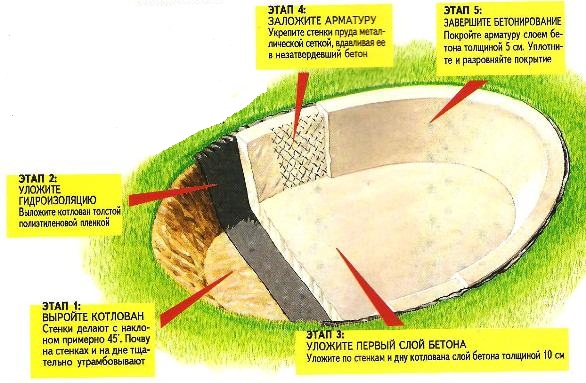
Step-by-step instructions for creating an artificial pond can be found in this video.
Breeding methods
There are several ways to raise fish.
- The first method involves breeding fish exclusively at the expense of the feed that exists in the pond. This method does not require large expenses.
- The second method of breeding involves additional feeding of the fish and the creation of the necessary conditions for this in the pond.
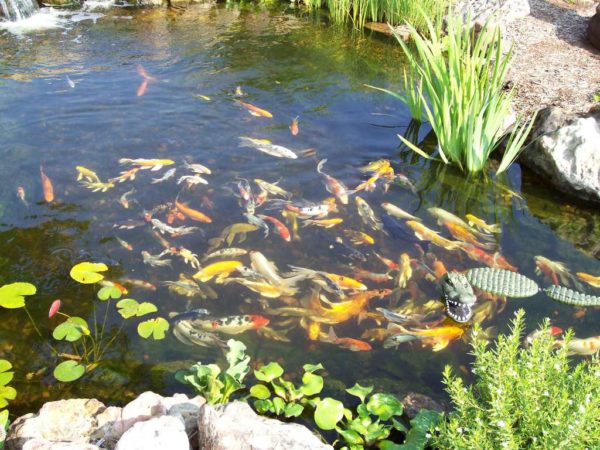
Breeding Features
If you know the main features of fish farming in an artificial pond, then this task is not particularly difficult.
It is important to choose the right type of fish for breeding in a pond. Carp is considered the most popular and best breed of fish for breeding. He is not fastidious in nutrition, easily takes root and quickly gaining weight. Crucian carp is also popular.
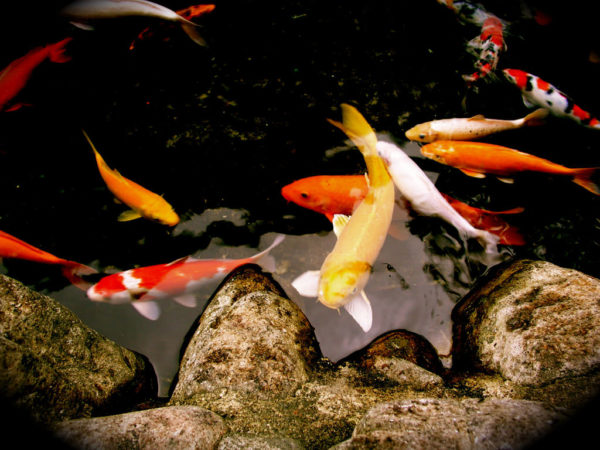
Another feature of fish farming is the need to maintain the optimum temperature regime of the reservoir. The temperature of the pond should be 24-26 C. If the water in the pond is warmer or cooler, this can inhibit the basic processes of fish activity, which will subsequently stop the growth and development of individuals. The exception is certain fish species. For example, rainbow trout.
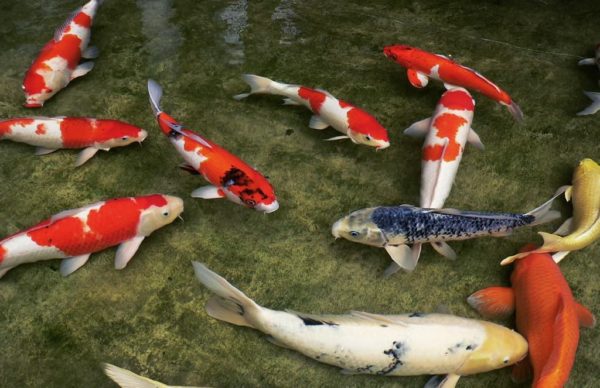
It is also necessary to regulate the number of livestock in the pond. Otherwise, an overabundance of individuals in one territory may lead to a struggle for food between them. This in turn will result in the death of part of the fish. It is necessary to periodically catch individuals in a pond.

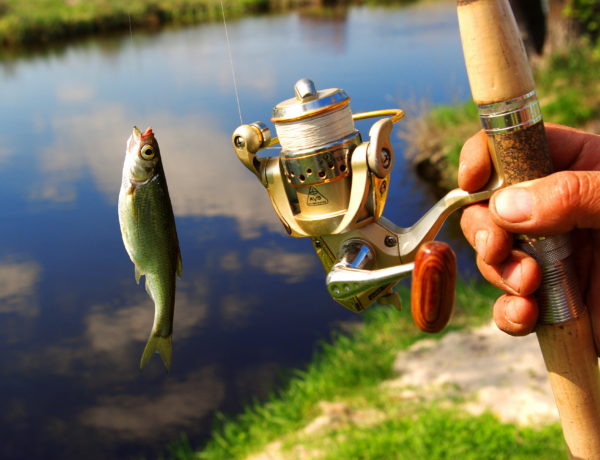
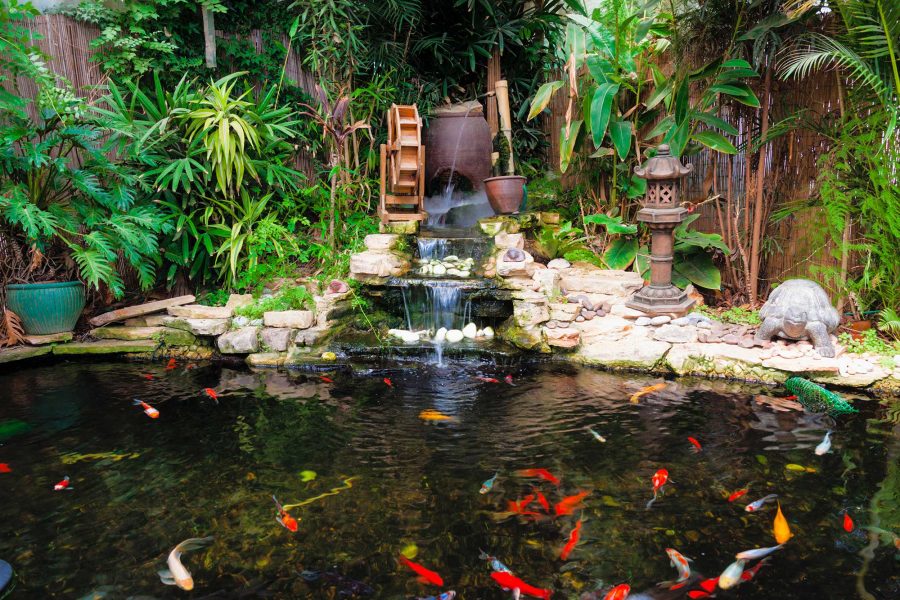
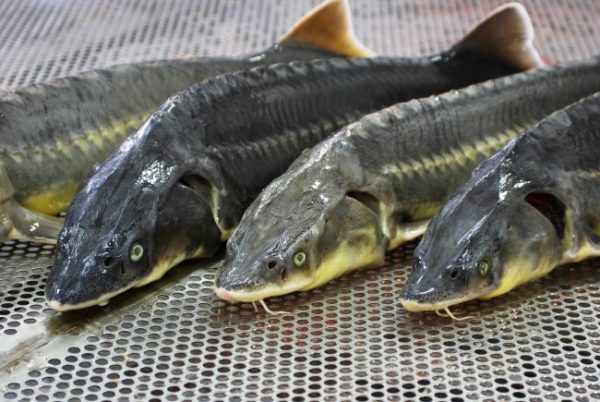
 Breeding fish in artificial ponds as a business
Breeding fish in artificial ponds as a business